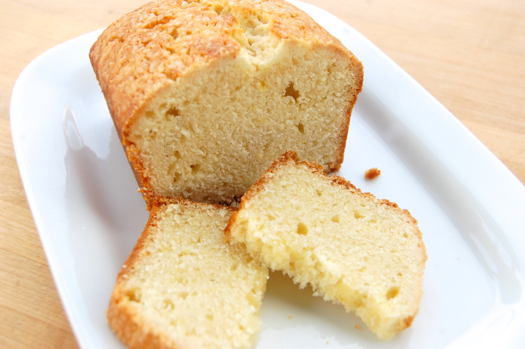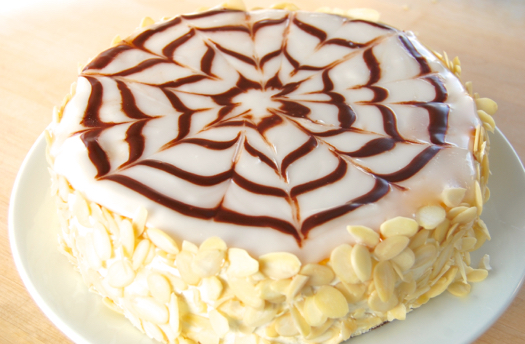Making Lemon Tea Bread

Whaddya know. I made lemon tea bread without poppy seeds and the sky didn’t fall in. I don’t know when in human history lemon and poppy seeds became inseparable, but I wish a mad scientist would build me a fusion-powered DeLorean so I could go back in time and stop it. This tea bread is rich, tangy and tender with a crispy, almost candy-like crust. Best of all you don’t have to pick anything out from between your front teeth after you eat it. Start yours by assembling your ingredients, preheating your oven to 350 degrees Fahrenheit and greasing two 9″ x 5″ loaf pans. Line those suckers with parchment paper.
READ ON

